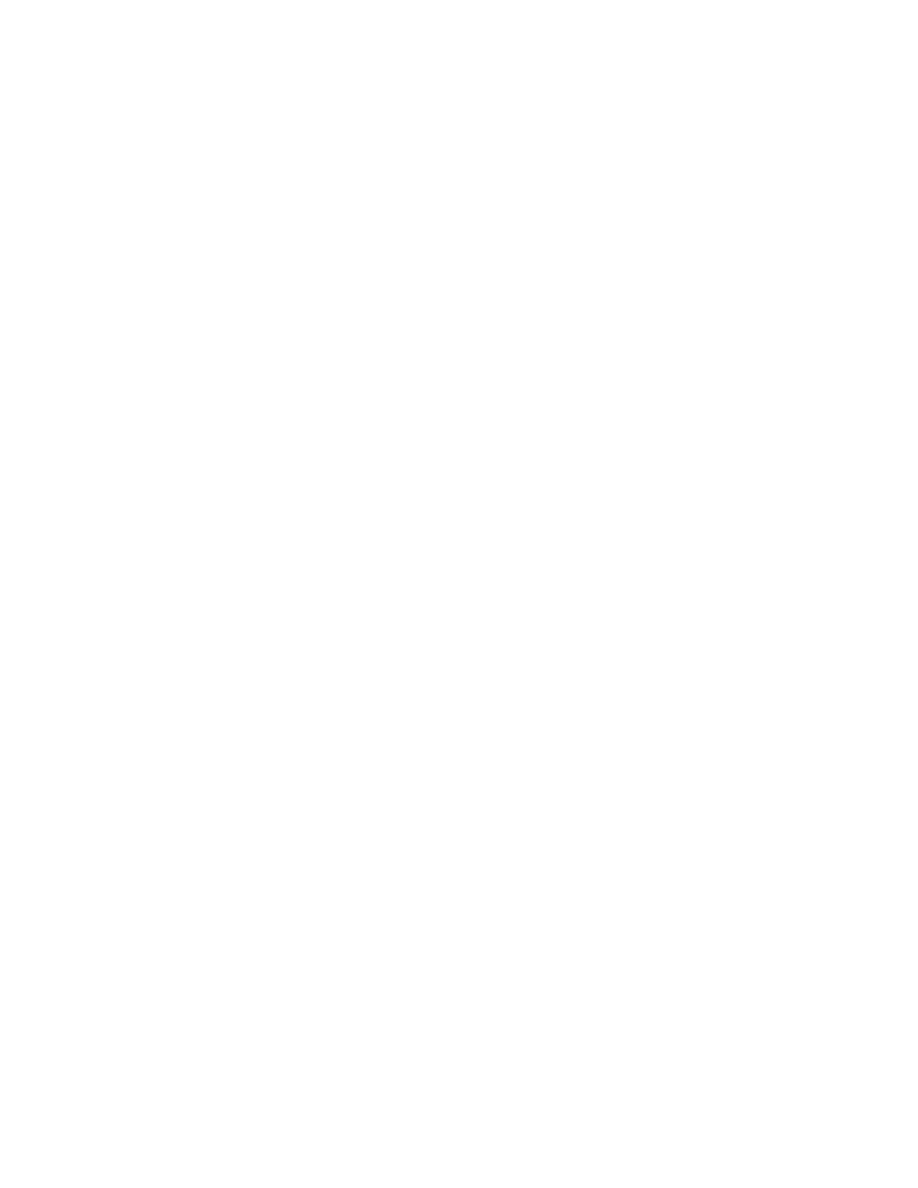Century Estate Wagon L4-151 2.5L (1985)

Paint: Customer Interest
Paint - Stripping/Finish Analysis & Correction
Bulletin:
85-10-29
Date:
Sept 1985
Ref. No.: 85-294-10
SUBJECT:
PAINT STRIPPING AND FINISH ANALYSIS AND CORRECTION FOR THE NEW CAR PREP TECHNICIAN
MODELS AFFECTED:
ALL 1985
NOTICE:
Please discard previous bulletin 84-10-10,issued March 1984, due to this updated information.
The corrosion protection provided by the factory metal preparation and primer cannot be duplicated in a body shop; therefore, the finish should NOT be
stripped down to bare metal unless absolutely necessary. This is particularly true if the primer was applied by electro-deposition (ELPO), which greatly
enhances the corrosion resistance of the vehicle.
Only strip the areas that require stripping. If only part of the roof needs to be stripped, then strip only that part of the roof, not the whole vehicle.
Some of the conditions that requires stripping down to bare metal are:
1)
Rust
2)
Body work
3)
Cracked primer
The following are conditions that require only the topcoat to be stripped leaving the factory primer intact:
1)
Cracked topcoat
2)
Peeling paint
3)
Excessive film build
Checking the Condition of the Primer
If you are not sure if only the topcoat or the complete finish needs to be stripped, then use lacquer removing solvent to remove the lacquer topcoat from a
small area. Clean this area with a rag soaked in a slow reducer. Dry the area and examine it with a magnifying glass. If cracks or pinholes are present in
the primer, then strip only the defective areas to bare metal, otherwise only strip the lacquer topcoat.
Stripping the Color Topcoat
Some Buick passenger cars are finished in acrylic lacquer. To remove a lacquer topcoat without disturbing the factory primer, use a lacquer removing
solvent (feather edger) or an acrylic lacquer paint remover such as Ditzler's DX525 or equivalent.
I.
Lacquer Removing Solvent (Feather Edger)
Soak a rag with the solvent and rub the finish until all the topcoat color is removed. Have many rags on hand, keep cloths wet with solvent and turn over
frequently to aid in removing finish.
II. Lacquer Paint Remover (i.e. Ditzler's DX525)
A lacquer paint remover will strip lacquer and air dry enamel finishes but, will not touch factory baked enamels and primers.
1.
Wear rubber gloves and protective glasses and use in a well ventilated area.
2.
Double mask all areas to be protected. Do NOT allow stripper to come in contact with fiberglass, urethane or plastic parts.
3.
Brush on one heavy coat of stripper and allow to stand for about 15 minutes.
4.
Using a rubber squeegee, simply wipe the old finish off.
5.
Remove any remaining residue with lacquer solvent. (Do not use water to wash off since DX525 is not water soluable.)
Stripping to Metal
I.
Mechanical Method
(A)
Lacquer Finish
